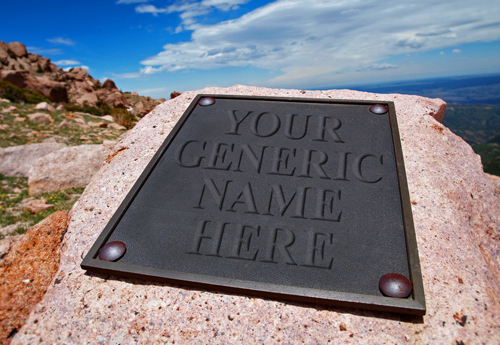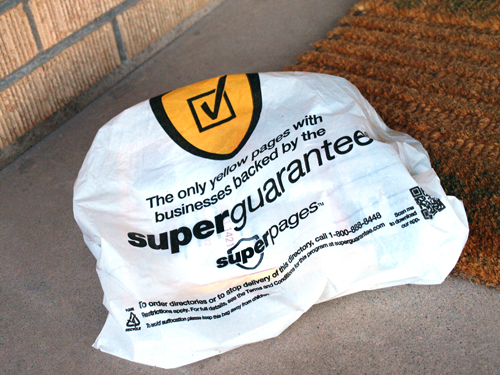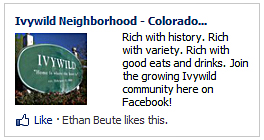This blog has been woefully neglected over the past couple months. It’s not for a lack of ideas or opinions; I’ve got plenty. Instead, it’s more an issue of habit and focus. The former’s insufficiently formed as it relates to punching out short pieces here. The latter’s been divided over other projects.
So: a quick rundown of things I’ve been doing instead of blogging and in addition to working full time (in a plenty demanding position) and being a very highly rated husband and father (really, just ask ’em).

La Jolla, California: One of the places I've been instead of sitting down and blogging.
- A family vacation to San Diego that inspired 11 photo sets, including visits to the Pacific Ocean (several), Joshua Tree National Park, Cabrillo National Monument, Torrey Pines State Park, Legoland, Los Angeles and more. The photo above comes compliments of and merits compliments to my wonderful wife.
- Landing an MBA scholarship from the Graduate School of Business Administration at the University of Colorado at Colorado Springs, an award for which I was pleased, excited, honored and appreciative. Sure, it just involved completing their scholarship application, tightening up ye olde resume and constructing a couple short essays, but it still required dedicating an entire Saturday morning to the effort. It all adds up.
- Theme-building, copy writing and copy editing for Seeds Children’s Home. For a decade, they’ve been providing food, clothing, shelter, education, medical care and discipleship to orphans and other children in need from the Kipsongo slum in Kitale, Kenya. They’re launching an emergency fundraising campaign to get an orphanage built after the home they were renting was sold, displacing the orphans and their full time care providers. This one’s just getting started; there’s plenty of work to be done. I was invited into the project by a friend whose sales and marketing consultancy website I reworked earlier this year.
- Messaging strategy and copy editing for Roundhouse Support, which specializes in technically supporting apps and app developers. Little of my work is yet live, but the site’s getting a nice upgrade from Infront, a leading web design, development and SEO company here in Colorado Springs.
- Photo and video editing for Powell Custom Homes and Renovations. This effort’s in support of broader online marketing efforts of TMR Direct, a direct marketing company and Hubspot reseller here in Colorado Springs.
- Community building for the Ivywild Neighborhood – Colorado Springs Facebook community page I started last May. The neighborhood beat writer for our local newspaper gave it a little love in this print story and this blog post.
- Learning about myself with the Culture Index, an assessment tool recommended highly by an esteemed colleague who specializes in true, internal branding. I completed the online portion and await my initial and foll0w-up meetings to interpret the results and to turn them into practical action.
- Ongoing miscellany with BombBomb, a video email marketing startup here in Colorado Springs. Great idea (seriously, try it free!). Great team. Great fun.
Meanwhile, summer’s here! Though I’ve enjoyed some quality outdoor time, I’ve only made it to one summit so far this season.
I do love this blog. I also love helping people, learning things and going outside. Everything in moderation, I guess!


